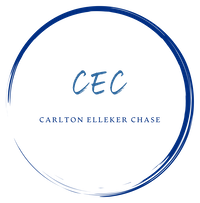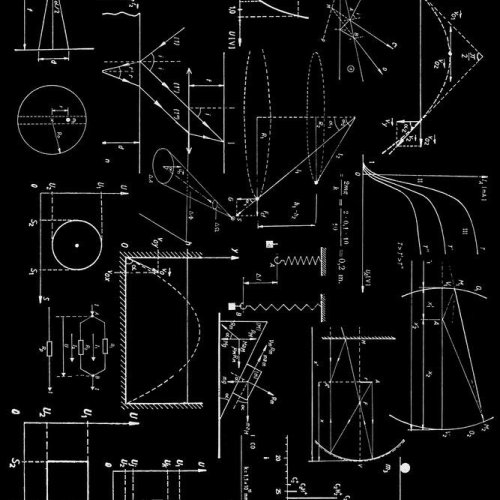IS MY TRADE MARK DISTINCTIVE - HOW CAN YOU TELL?
An introductory explanation about what makes a strong trade mark.
By Joel Barry
Is your trade mark BABY-DRY vs DOUBLE MINT?
The Advocate-General of the European Court suggested considering these questions:
• What is the relationship between the mark and the goods/services?
• How immediately is the message conveyed?
• What is the significance of the characteristics in relation to the product in the consumer's mind?
The more common the description or the more easily it conveys a message, the more likely it is that the mark does not function as a trade mark.
BABY DRY was a trade mark which could be registered because of the “syntactically unusual juxtaposition" of the words baby and dry along with the ‘lexical inventiveness’ of it. This bestowed a distinctive power” on the trade mark and it was, therefore, distinctive.
Conversely, DOUBLEMINT was" readily perceived" as a reference to mint flavour which is doubled in some way. The mark was, therefore, not distinctive and could not be registered.
Other examples include:
HOMEZONE for telecoms which was allowed because there was not a particular significance to a home location.
EUROHYPO for mortgages, this EU application was refused because it was descriptive in Germany as HYPO was a well-known abbreviation for a mortgage. It’s akin to trying to protect EUROHP for finance.
INSULATE FOR LIFE for building construction and repair was found not to be distinctive because when constructing or repairing your building you might want to insulate it for its life.
For more information about trade marks, contact:
joel@ceclegal.co.uk






































